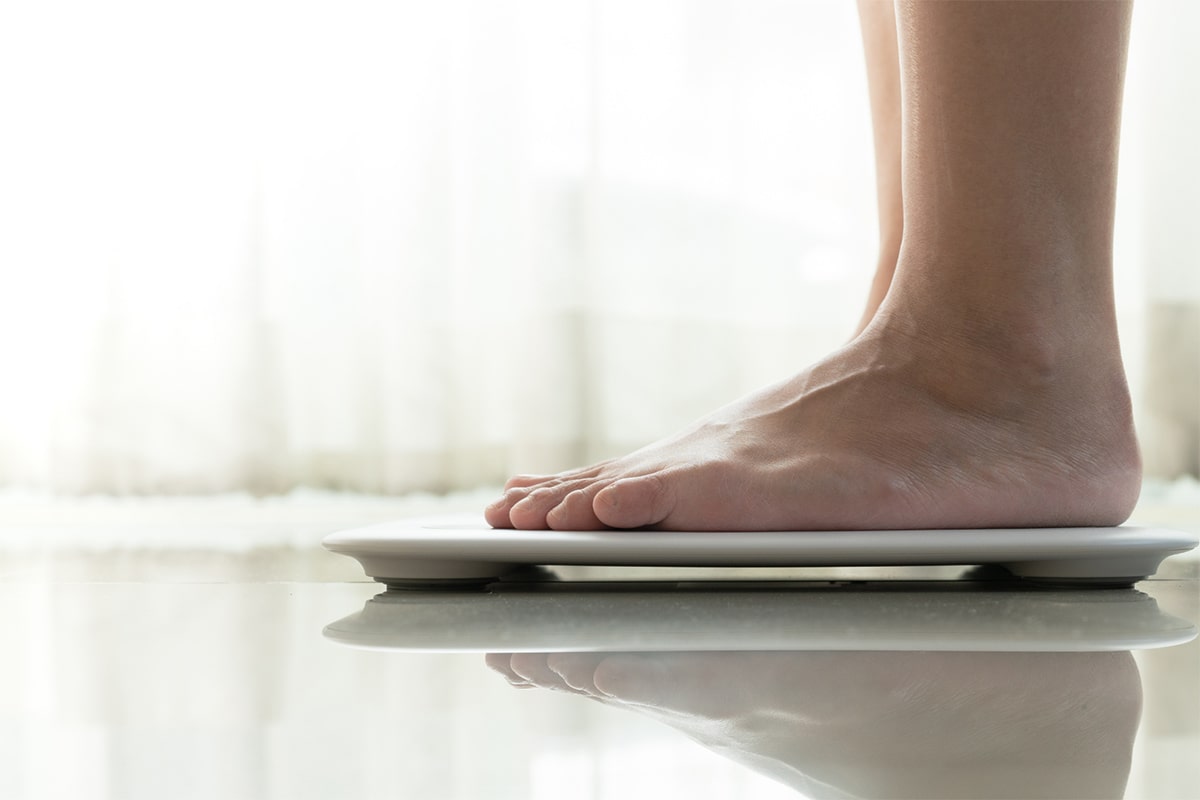Vitamin D and Menopause

It’s no secret that healthy lifestyle habits, including adequate exercise and a nutritious diet, are important for all phases of life. This includes making sure you get enough vitamins and minerals, especially ones that might take a little more conscious effort to obtain. Vitamin D is one nutrient that we hear about the most, and it’s particularly important during midlife.
The Role of Vitamin D for Women
Vitamin D serves many roles in the body:
- Promotes calcium absorption
- Maintains healthy bones
- Supports your immune system
- Reduces inflammation
- Carries messages between your brain and body parts
While Vitamin D is always essential, it can be especially important during menopause.
- Vitamin D aids in calcium absorption and retention, which helps keep your bones strong. Vitamin D deficiency can worsen the progressive loss of bone density after menopause.
- Higher vitamin D intake and maintaining adequate vitamin D levels are associated with a lower risk for early menopause.
Some have suggested that low vitamin D levels worsen other menopause-related symptoms, but a 2016 study on 530 postmenopausal women found no significant link between vitamin D levels and sleep disturbance, emotional well-being and energy levels. That being said, vitamin D is still essential during midlife for many other reasons.
Vitamin D Deficiency
In middle-aged and older adults, untreated vitamin D deficiency can lead to osteomalacia (bone softening). This condition causes bone pain and weakens your muscles.
Other symptoms of vitamin D deficiency can include:
- Feeling fatigued and getting sick often
- Noticing that your wounds take longer to heal than normal
- Depressed mood
- Hair loss
- Pain in your muscles, back and bones
For those at risk for vitamin D deficiency and/or bone fragility, it may be a good idea to have your serum vitamin D levels checked around the menopause transition. Your physician can evaluate with a blood test this at a regular wellness visit.
Factors That Influence Your Vitamin D Level
Vitamin D comes from two sources: food and sunlight. We all rely on both to some degree to achieve adequate vitamin D levels.
Many factors can influence how much vitamin D you absorb and how much your body maintains:
Where you live
More than half of the United States falls into an area with fewer sunny days and less direct sun exposure. In these areas, our skin cannot produce vitamin D very well outside of the summer months.
This zone includes all of the land north of 37 degrees latitude—which falls around San Francisco, CA, Denver, CO, St. Louis, MO and Richmond, VA.
Cloud cover and pollution can also interfere with sunlight exposure and vitamin D production in any location.
Your body temperature
Your skin does a better job at producing vitamin D from sunlight when it’s warm. That means your body will make more vitamin D when you’re outside on a spring or summer day than a cooler fall or winter day.
Your skin pigmentation
People with darker skin produce less vitamin D after sunlight exposure.
Your age
As you get older, vitamin D production from sunlight decreases because your body produces less of the substance (7-dehydrocholesterol) that facilitates this process in your skin.
Your diet
People with a milk allergy or lactose intolerance, or those who are vegetarian or vegan, may get less vitamin D from their diet.
Your digestive health
Digestive conditions like Crohn’s disease, ulcerative colitis or Celiac disease can impair your body’s absorption of vitamin D from your food. Additionally, people who have undergone bariatric surgery, like gastric bypass, can have a reduced ability to absorb vitamin D.
Your liver and kidney health
Liver disease can reduce the amount of bile your body produces, which is necessary for vitamin D absorption. Research also shows that people with kidney disease tend to have lower levels of vitamin D, especially as the severity of the disease increases. This is because impaired kidneys don’t convert vitamin D to its active form as well as healthy kidneys.
Your body composition
Vitamin D is a fat-soluble vitamin, which means it’s stored in your body’s fat tissue. But, the true impact of body fat percentage on vitamin D levels is unclear. More body fat could give your body the ability to store vitamin D for later when production is lower. There is also evidence, however, that obesity is linked to a higher risk for vitamin D deficiency.
3 Ways to Boost Your Vitamin D Level
Eat vitamin D-rich foods regularly
Regularly incorporating these foods can help you maintain healthy vitamin D levels:
- Fatty fish (tuna, mackerel, salmon)
- Fortified orange juice
- Fortified milk and dairy products
- Fortified plant-based non-dairy milks (soy, almond, cashew)
- UV-enriched mushrooms
- Egg yolks
- Fortified cereals
Get outside regularly
In warm weather with no cloud cover, your body can produce all of its daily vitamin D with 10-15 minutes of direct sunlight exposure without sunscreen to the arms, legs, face or hands. Sunlight exposure through a window does not produce Vitamin D.
Many of us spend our lives indoors and have been taught the importance of sunscreen anytime we head outside. But, in order to maintain healthy vitamin D levels, we need to strike a balance. The right sun exposure for you depends on your skin pigmentation and personal or family history of skin cancer.
Consider a vitamin D supplement
While vitamin D levels can usually be managed through diet and lifestyle changes, a supplement may be appropriate for you if your levels remain low. It’s important to work with a healthcare provider to choose the right plan, however, as over-supplementing vitamin D can create its own health risks like vascular calcification or kidney stones.
Sign up for more unique women’s health content
By submitting this form, you agree to the Lisa Health Privacy Policy and Terms of Use


